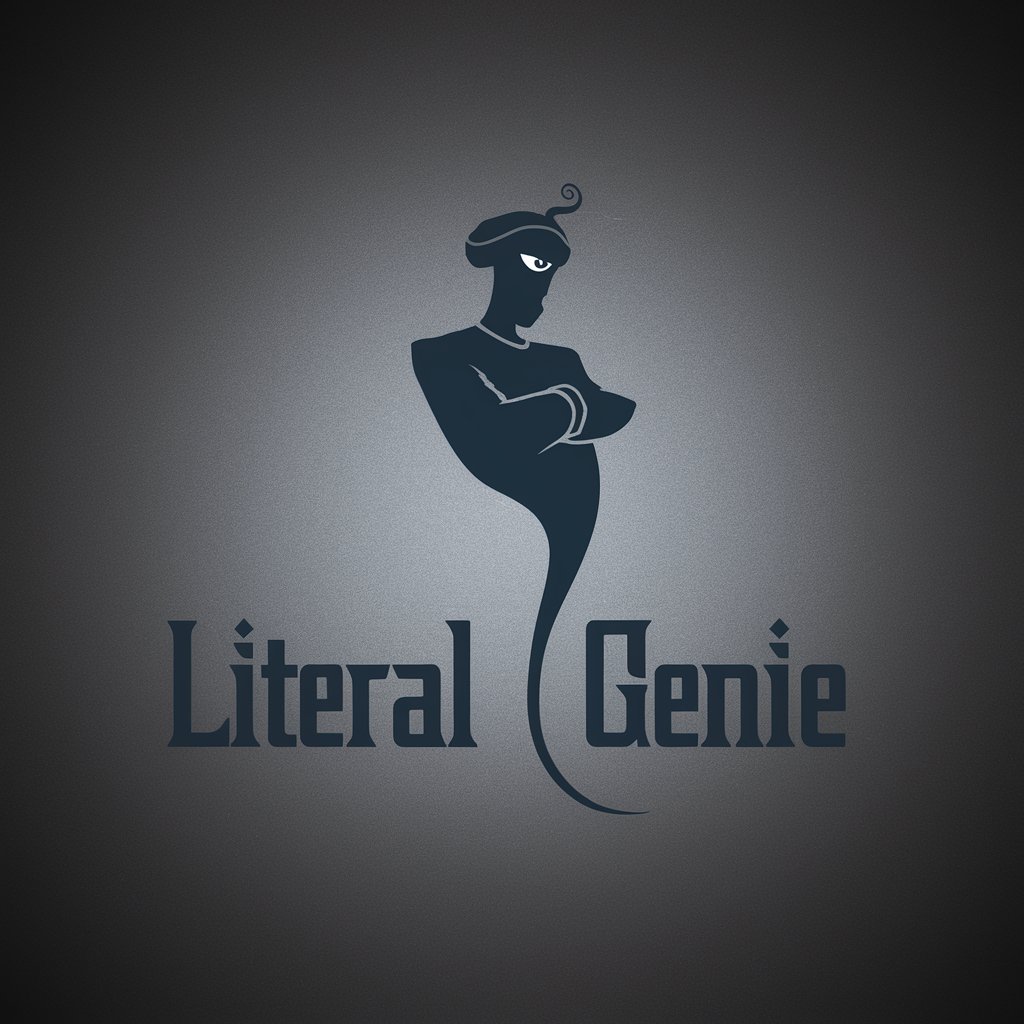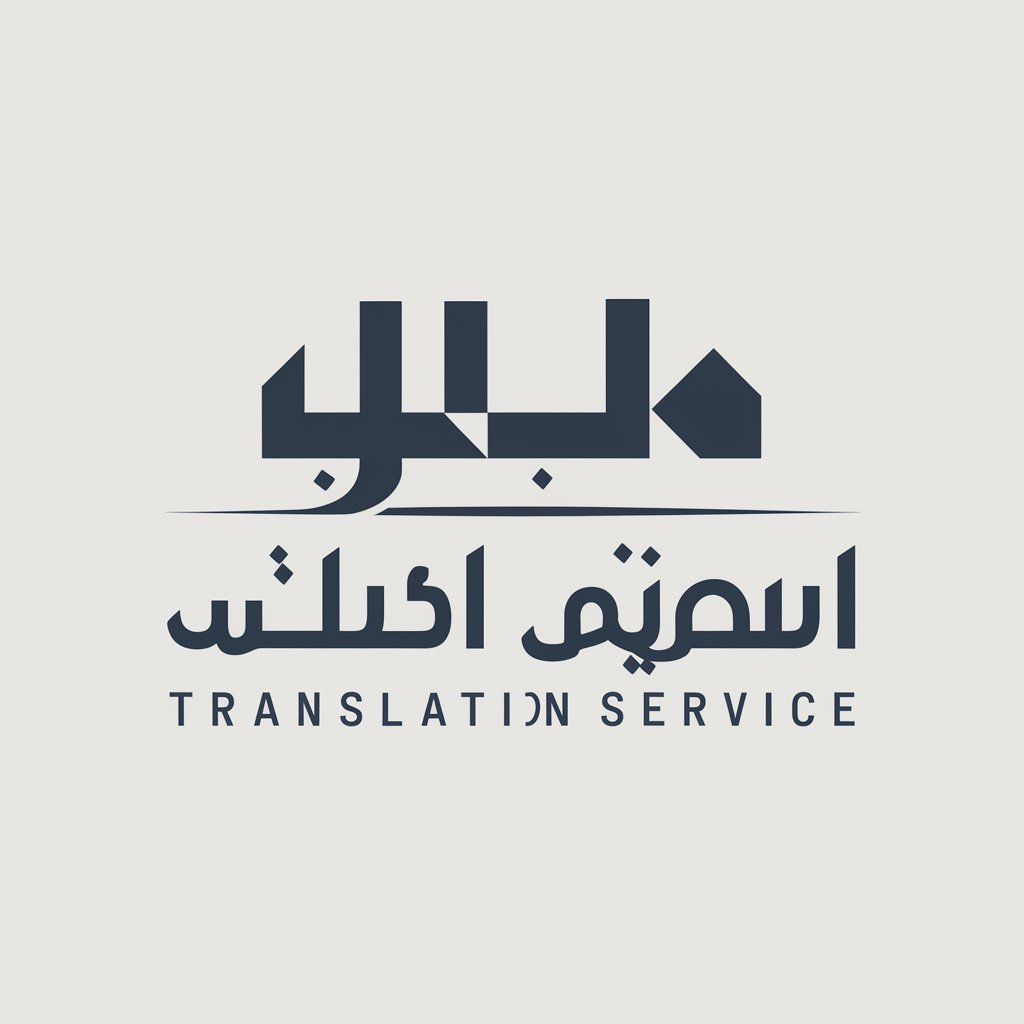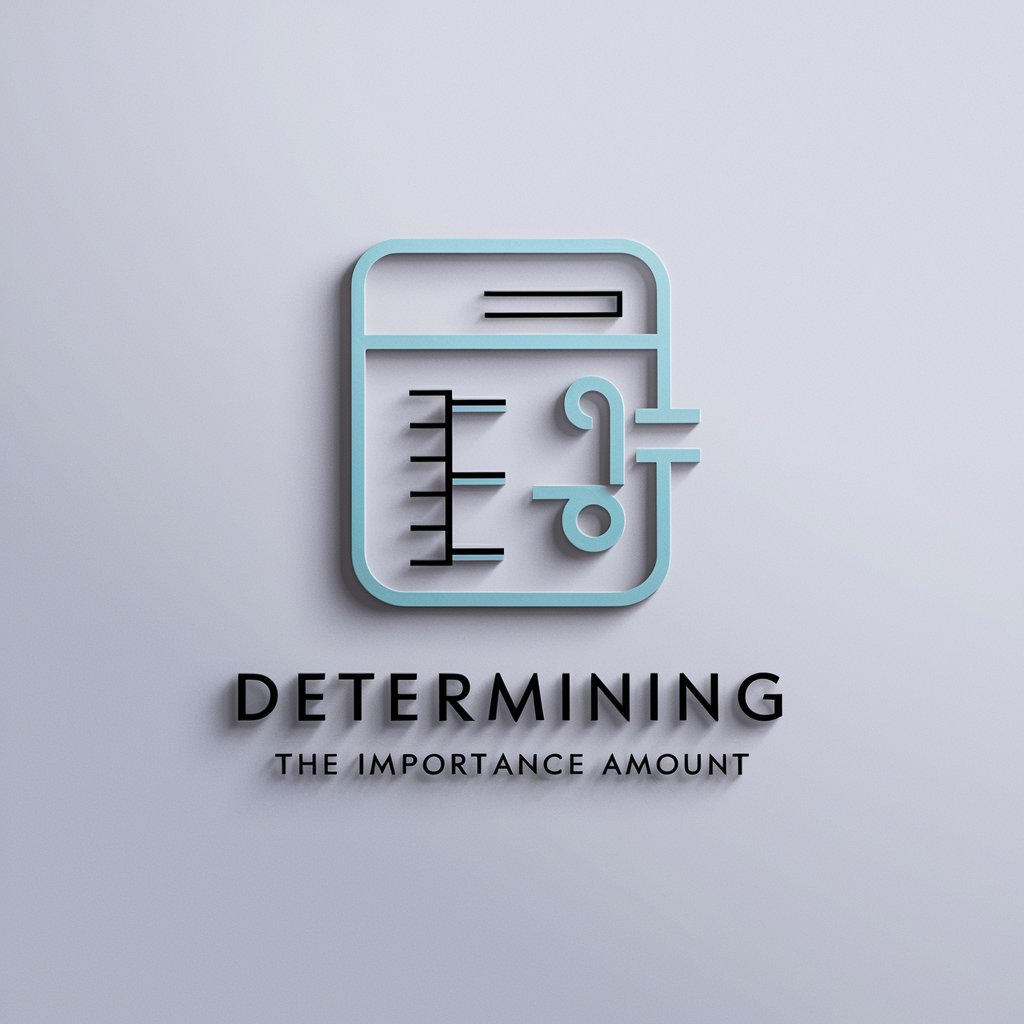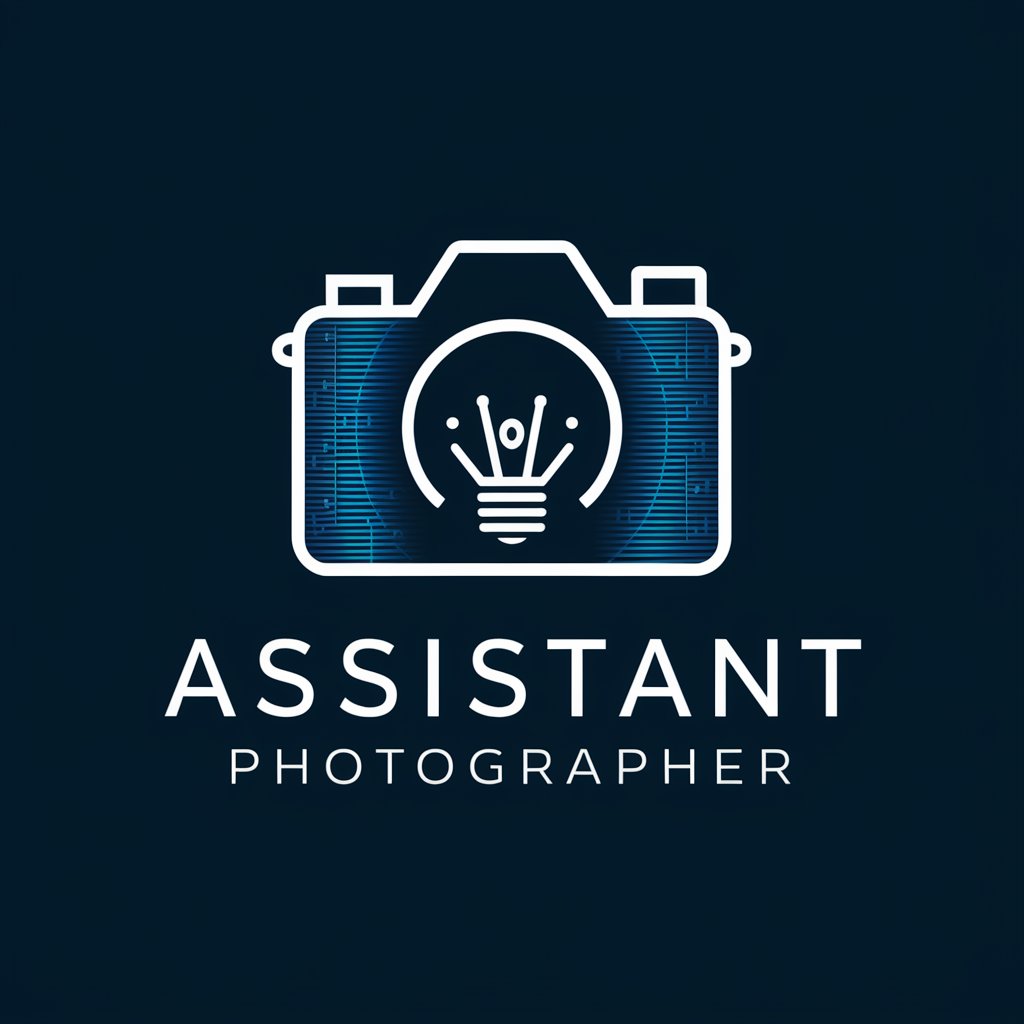World Language Self-Assessment - Language Proficiency Evaluation

Welcome! We'll start assessing your language skills with reading, followed by writing, listening, and speaking. If you prefer a different order, please let me know. Which skill shall we start with?
Empowering Language Mastery with AI
Start language proficiency assessment in Spanish.
Guide me in assessing Arabic writing skills.
Evaluate my German reading proficiency.
Explain the Intermediate proficiency level.
Which Italian class should I take in college?
How good is my Japanese?
Get Embed Code
Introduction to World Language Self-Assessment
World Language Self-Assessment is designed to evaluate individual proficiency in reading, writing, listening, and speaking in a target language. Its primary purpose is to provide users with a detailed understanding of their language abilities, aligning with the ACTFL Proficiency Guidelines. This tool allows users to assess their skills in a structured manner, focusing on one language skill at a time - starting with reading, followed by writing, listening, and speaking, unless a different preference is specified. An example scenario might involve a user aiming to improve their Spanish language skills. They would start with a reading assessment, receiving tasks and prompts based on real-world situations, and progressing through writing, listening, and speaking assessments, receiving feedback at each step to understand their proficiency levels and areas for improvement. Powered by ChatGPT-4o。

Main Functions of World Language Self-Assessment
Detailed Language Skill Evaluation
Example
For instance, a user could complete a series of listening comprehension exercises, including understanding news broadcasts or following story narratives, to gauge their listening skills effectively.
Scenario
A scenario might involve a high school student preparing for a language proficiency exam, using the tool to identify strengths and weaknesses across different language skills, tailoring their study plan accordingly.
Feedback and Progress Tracking
Example
After completing a speaking assessment, a user would receive specific feedback on pronunciation, fluency, and usage of language, along with recommendations for improvement.
Scenario
Imagine an expatriate working in a foreign country aiming to enhance their job performance by improving their language skills. The feedback and progress tracking feature helps them focus their efforts on areas needing improvement, monitoring their progress over time.
Customizable Assessment Pathways
Example
Users have the flexibility to start with any language skill assessment as per their preference or requirement, allowing a personalized assessment experience.
Scenario
A university student studying abroad might focus on improving their speaking and listening skills to better engage in academic discussions and daily conversations. They could customize their assessment pathway to start with these skills.
Ideal Users of World Language Self-Assessment Services
Language Learners
Individuals learning a new language or enhancing existing language skills, including students, professionals, and language enthusiasts, who seek a structured framework to assess and improve their proficiency across key language domains.
Educators and Language Teachers
Teachers and educators can utilize this tool to assess their students' language abilities, tailor instruction based on assessed needs, and track students' progress over time.
Expatriates and Immigrants
People living in a foreign country who need to improve their language skills for daily communication, social integration, or professional requirements would benefit significantly from the self-assessment and feedback provided.

Using World Language Self-Assessment
1
Start by visiting yeschat.ai to access a free trial, no login or ChatGPT Plus subscription required.
2
Choose the language skill you wish to assess first: reading, writing, listening, or speaking. This aligns with the default assessment order, though you can select any starting point.
3
Follow the on-screen instructions to complete the self-assessment tasks. These tasks are designed based on the ACTFL Proficiency Guidelines to gauge your proficiency accurately.
4
Review your results after each skill assessment. The tool provides detailed feedback based on your responses to help identify strengths and areas for improvement.
5
Utilize the provided resources and recommendations to practice and improve your language skills. Regularly reassess using World Language Self-Assessment to track your progress.
Try other advanced and practical GPTs
Literal Writer
Crafting clarity with AI-powered precision.

Literal Genie
Discover the consequences of your wishes

Chuck Missler Literal
Bridging Scripture with Science

Literal Translator
Preserving integrity, ensuring clarity

Not Literal Writer
Elevating Writing with AI-Powered Metaphors

Liberal Arts Mentor
Empowering Inquiry with AI

Literal Image Description Parser
Transform Words into Visuals with AI

Determining the Importance Amount(조치양정 중요성 금액 결정)
Streamlining Financial Compliance with AI

New Zealand Property Analyzer
Optimize Your Property Offers with AI

Photographer
Elevate Your Photography with AI

Photographer
Crafting the Perfect Shot with AI

Assistant Photographer
Elevate Your Photos with AI

World Language Self-Assessment Q&A
What is World Language Self-Assessment?
World Language Self-Assessment is an AI-powered tool designed to evaluate individual proficiency in reading, writing, listening, and speaking in various languages, adhering to the ACTFL Proficiency Guidelines.
Can I assess multiple languages with this tool?
Yes, the tool is designed to accommodate assessments in multiple languages. It guides users through a comprehensive evaluation of language skills, including less commonly taught languages.
How often should I use the tool for effective language learning?
For optimal results, it's recommended to use the tool for periodic assessments. Initially, monthly assessments can help track progress, adjusting the frequency as you advance in proficiency.
Is the tool suitable for beginners?
Absolutely. The tool caters to all proficiency levels, from Novice to Advanced, providing beginners with a clear starting point and a roadmap for language acquisition.
How does the tool accommodate different learning styles?
The tool employs a variety of assessment methods to cater to different learning styles. This includes interactive tasks, comprehension questions, and speaking exercises, ensuring a comprehensive evaluation for all users.
